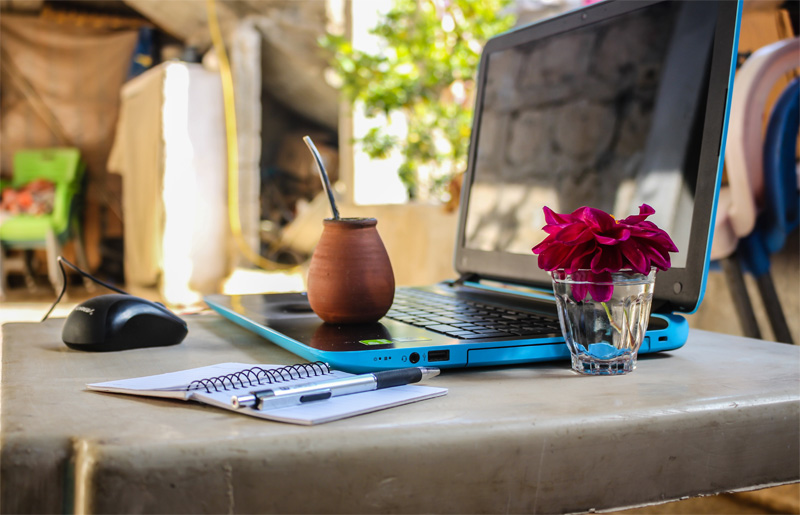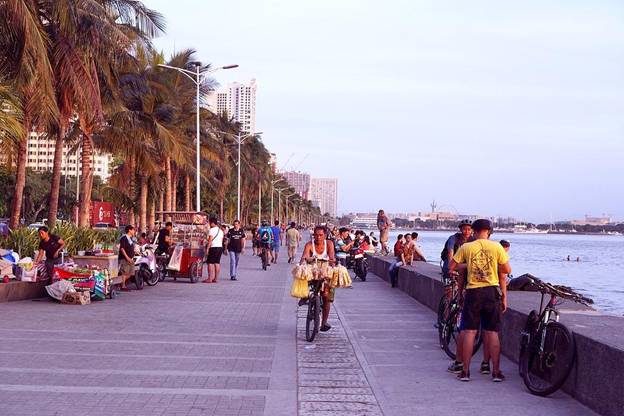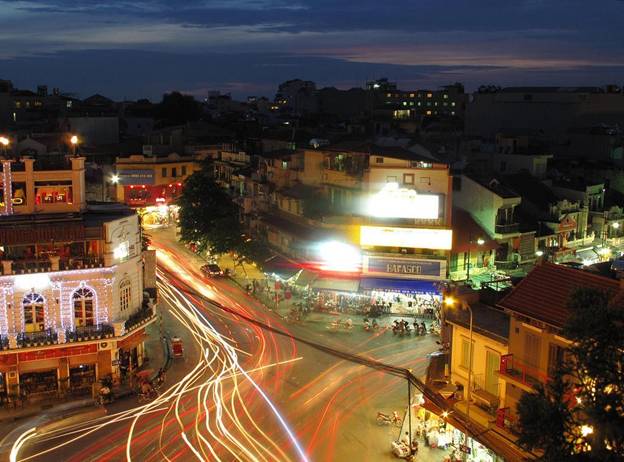Including a porch to your outside space enhances your deck safety and inserts a perfect frame for better curb appeal. Depending on the style of your house, one can choose different porch railing designs to complement your space and give it a new and fresh look. However, you should keep the different ideas in mind. Right from conventional designs to chic modern look, you have different options to consider. Here are some deck railing ideas for your home improvement.
- Curved Deck Railing
You are not obliged to follow the linear rules when going for deck railing. Going for curvilinear balusters will wipe out the confined jail look and add to the aesthetics of your porch.
- Different layer decking with modern railing
Multilevel decking wipes out the issue of positioning a deck on a slope. Going for wood spindles will add to your modern deck look. Wood is a great idea wo mat decked of your house. Going for a match color scheme will also help.
- Lattice style deck railing
Perfect for families with pets and children, lattice style deck railing covers lower half while permitting light breeze to drift through. The above half of the deck is widely spaced to allow a good view of the surrounding.
- Bronze deck railing
If you want a contemporary deck for your modern house, then going for railing of bronze with copper flashes will be a great idea. The metal adds an amazing patina to your deck.
- Stainless steel rod railing
If you do not want to go the orthodox way, then think outside the box. Go or deck railing made of stainless steel combined by connector fittings. The galvanized steel will give it a radiant and perfect look.
- Full fledged privacy
Usually the decks are 36 to 42 inches in height but if you are a private person, then go for bamboo fences which fits perfectly in the interior of your deck. The rolls will be the highlight of the area.
- Prow style railing
When you stand on your deck railing, you should feel the like the captain of your ship. Well the prow decking gives you the exactly same experience. The white paint and railing stands out from the construction of your house. A small round garden adds to the charming visibility.
- Metal and brick deck railing
If you have a modern house, then you can use large brick pillars with flat tops and narrow metal grids together for your porch. Copying the grill of your windows here would be a good idea. You can choose any color scheme for the brick and metal grids.
- See through porch railing
If it is all about the spectacular view for you, then see through deck railing will be the best idea for you. the large seating area with safety and no sense of enclosure will serve your purpose very well.
If you are looking brilliant house improvement and deck railing ideas, then click here to get more details.























